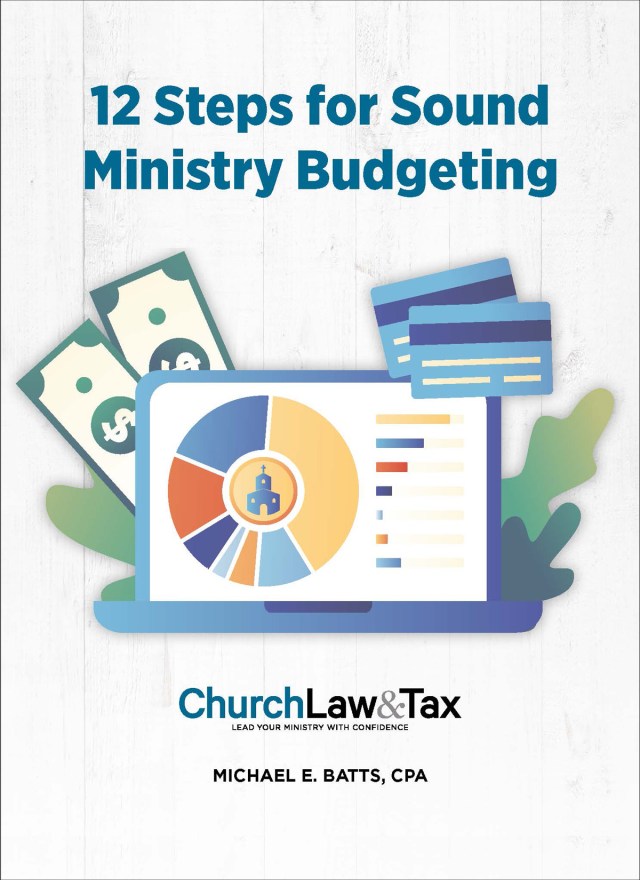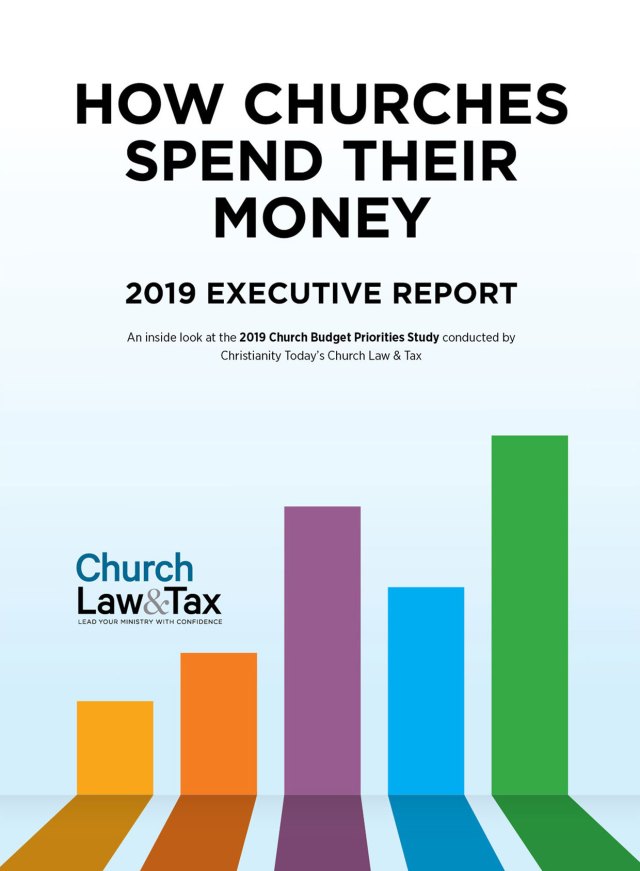Church leaders know that money is an essential resource that helps make the work of the church possible: the engine that powers yearly mission trips to South America, the technology broadcasting worship services online, the repair of a leaky roof on an aging building, and of course, the staff that ministers to the entire community.
To lead well on issues of congregational finances, leaders need reliable information to understand the modern landscape of congregations’ economic practices and the unique challenges of congregational finances.
Yet, information about congregational finances can be hard to find. Oftentimes, executive pastors and other church finance staff are left to make assumptions as to best practices or trade insights from coffee conversations or zoom calls with their peers around the country.
There are a number of reliable resources available for church leaders—along with some significant ongoing research. Consider the following:
- Through its National Initiative to Address Economic Challenges Facing Pastoral Leaders, the Lilly Endowment, Inc. has helped to focus research and reflection on the topic.
- With support from the Lilly Endowment, Christianity Today’s ChurchSalary and the Lake Institute on Faith & Giving at the Indiana University Lilly Family School of Philanthropy have both been actively engaged on these issues.
- Church Law & Tax has conducted a number of church budget surveys over the past 20 years. In 2019, it completed the 2019 Church Budget Priorities Study (CBP)—leading to therelease of an Executive Report detailing key findings from the research.
- Also in 2019, the Lake Institute released findings from the National Study of Congregations’ Economic Practices (NSCEP).
What the research tells us
NSCEP is the largest, most comprehensive study of congregation finances in the past 25 years surveying a nationally representative sample of 1,231 religious congregations and achieving a 40-percent response rate. It included congregations from all major religious traditions, every state of the country, and represents congregations from storefront gatherings to megachurches. Lake Institute focused its study on the trends in how congregations receive, manage, and spend resources along with mapping the changes in revenue and size.
During 2020, the NSCEP will also expand to include in-depth interviews with leaders and observations at select congregations.
The NSCEP and CBP reveal strikingly similar results and introduce complexity into the narrative about congregational finances.
The NSCEP asked congregations to compare changes to their sizes and revenues from 2014 to 2017, while CBP asked about changes over the past year. Both studies revealed some decline among congregations, but the percentage of congregations growing in revenue and size were higher than those in decline.
A strength of NSCEP was its nationally representative design. It revealed that a greater proportion of congregations were small (under 100 adults), and that 20 percent of congregations have a bi-vocational pastor.
CBP’s sample skewed a bit more to larger congregations, but still demonstrated the relatively small size of most faith communities. Though a smaller part of NSCEP’s samples, congregations that were established since 2000 and large churches with multiple revenue streams each reported growth in higher percentages.
NSCEP also captured the perspectives from multiple religious traditions and found that Catholic and Jewish congregations are experiencing the most decline while black Protestant, evangelical Protestant, and congregations from other world religions are the most likely to be growing.
Answering core questions
Underneath these larger trends, however, were three core questions raised by both projects:
Where does the money come from?
Both studies report that over 80 percent of congregational revenue comes from individual donations. The NSCEP provides a bit deeper analysis on the forms of individual income, finding that an additional 6 percent on average comes from special fundraisers outside of regular tithes and offerings.
Of particular note: NSCEP found half of congregations were conducting a capital campaign or had held one in the previous five years. Congregations often focus their attention on promoting regular giving whether digitally or through an offering plate, and that clearly remains the bulk of congregations’ revenue, but it is worth noting that individuals are supporting the work of the church in a variety of ways.
Other forms of revenue came from rent, endowments/reserves, the selling of products and services, and grants.
As simple as it sounds, NSCEP found that the primary driver for increasing revenue was the frequency of teaching about giving—90 percent of congregations who discussed or taught explicitly about giving weekly experienced growth. Yet, it was clear that the vast majority of congregations (79%) only talked explicitly about giving in worship services quarterly or less.
How do congregations spend their money?
Both the NSCEP and CBP found that overhead is high in congregations. Almost half of congregational resources are invested in personnel and another quarter in maintaining facilities.
CBP provides a more fine-tuned breakdown of facility costs by separating expenses on utilities, repairs, and mortgage costs. Yet, staff and facilities are an essential part of the mission and ministries of any congregation. Religious leaders would do well to emphasize the ways in which these assets are not seen as “overhead” or “administrative costs,” but rather, as vital aspects of congregational life.
Congregations also budget resources to provide for their congregants through ministries and programs as well as to outreach beyond their members through mission and service.
According to NSCEP, congregations prioritize spending on missions (11%). The majority of this funding is local (61%), but another 20 percent is invested nationally, and 19 percent on international causes. Congregations are not doing their mission and service work alone. Among those congregations engaged in social service ministries, such as providing food, clothing, or disaster relief, 98 percent are collaborating with another agency, enabling them to scale their overall impact.
How do churches manage congregational resources?
In addition to how congregations receive and spend money, the NSCEP also helps us understand how congregations manage congregational resources. A quarter of congregations leverage digital technologies to collect money and half use software to track their weekly expenses. While these technologies allow for more direct contact with members, congregations still acknowledge their members contributions quarterly or less.
The often-taboo topic of money is evident when examining clergy’s access to financial and donor records. Only 55 percent of congregations claimed that their clergy had access to giving records, and among that group, only 58 percent of clergy actually looked at that information. However, these congregations were much more likely to be growing in their revenue. (Editor’s note: Attorney and senior editor Richard Hammar offers several cautions about clergy access to giving records.)
“Knowledge is power”
Given what we have found from both the NSCEP and CBP, the story about congregational economic practices is complicated. But as the saying goes, “Knowledge is power.” Having better information about what is happening in faith communities across the country, as well as an interest in attending to the economic practices of your own congregation, are essential for healthy leadership. As we continue to learn more about how money flows in and out of congregations, we can better prepare for the present and vibrant future of our institutions.
Rev. Dr. David P. King is the Karen Lake Buttrey Director of the Lake Institute on Faith and Giving as well as assistant professor of philanthropic studies within the Indiana University Lilly Family School of Philanthropy.
Dr. Chris Munn is a sociologist and postdoctoral research fellow at the Lake Institute on Faith and Giving.





